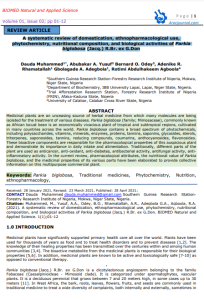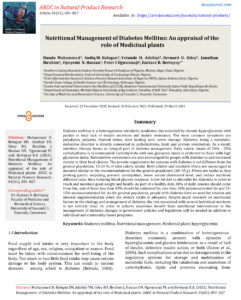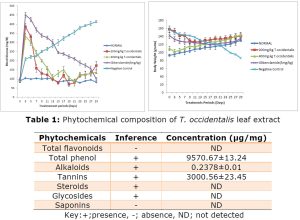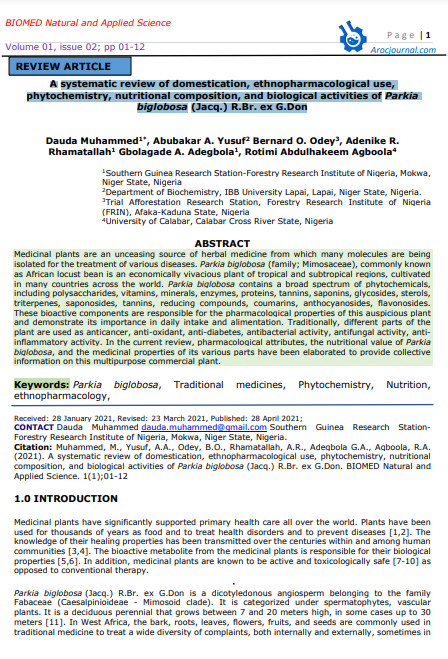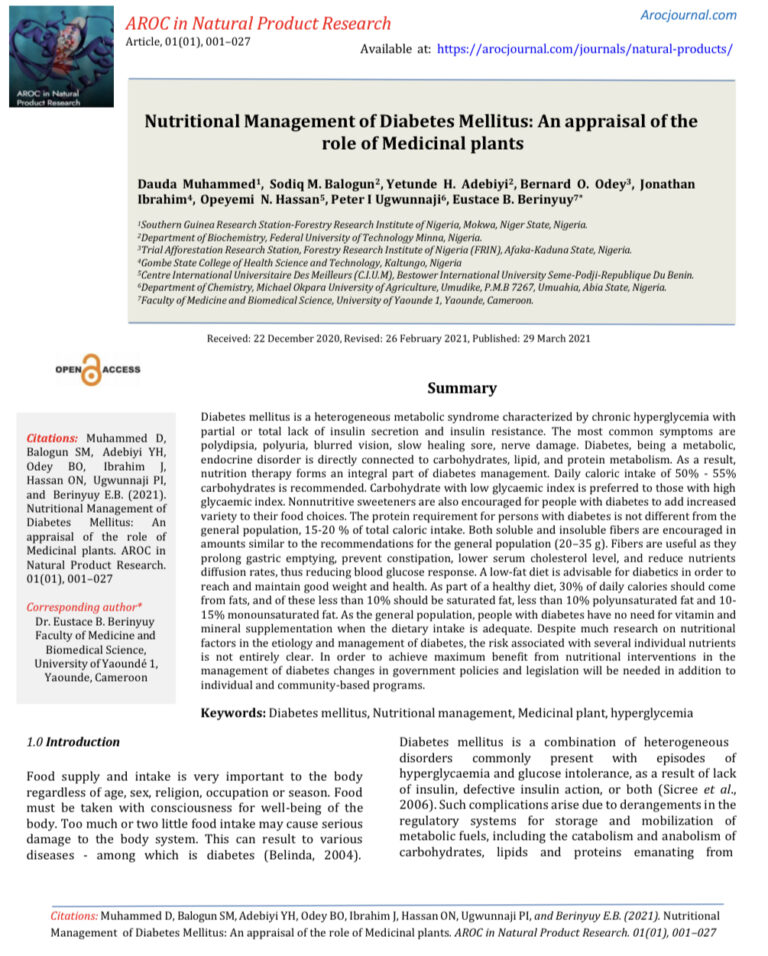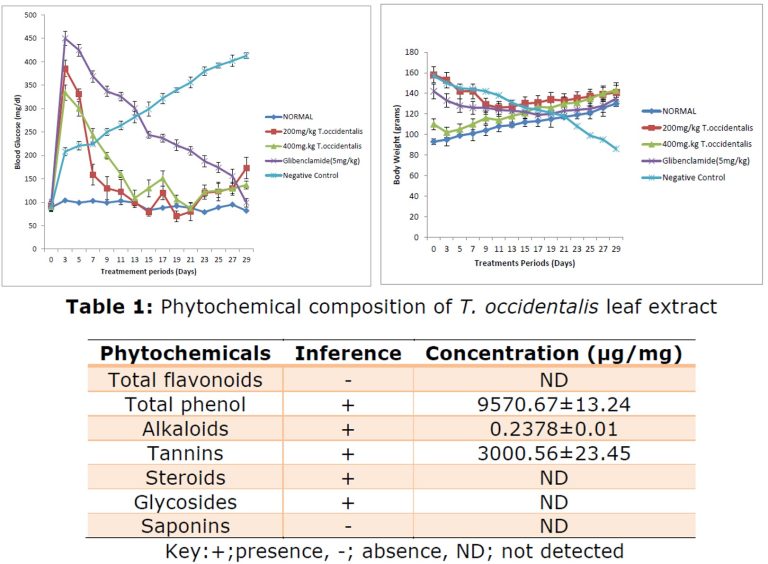Introduction:
The global demand for clean, sustainable energy has never been greater. Fossil fuels, long the backbone of energy production, are increasingly recognized as environmentally unsustainable due to their role in greenhouse gas emissions. Renewable energy, particularly solar and wind, provides a viable pathway toward decarbonization.
Advances in solar technologies—from high-efficiency perovskite solar cells to bifacial panels that capture sunlight on both sides—are improving performance while reducing costs. Similarly, innovations in wind technology, including taller turbines, floating offshore systems, and AI-driven predictive maintenance, are pushing wind power into new frontiers.
This paper evaluates how these innovations are reshaping the renewable energy sector, highlighting both opportunities and challenges, and provides insights into the future of global energy systems.

